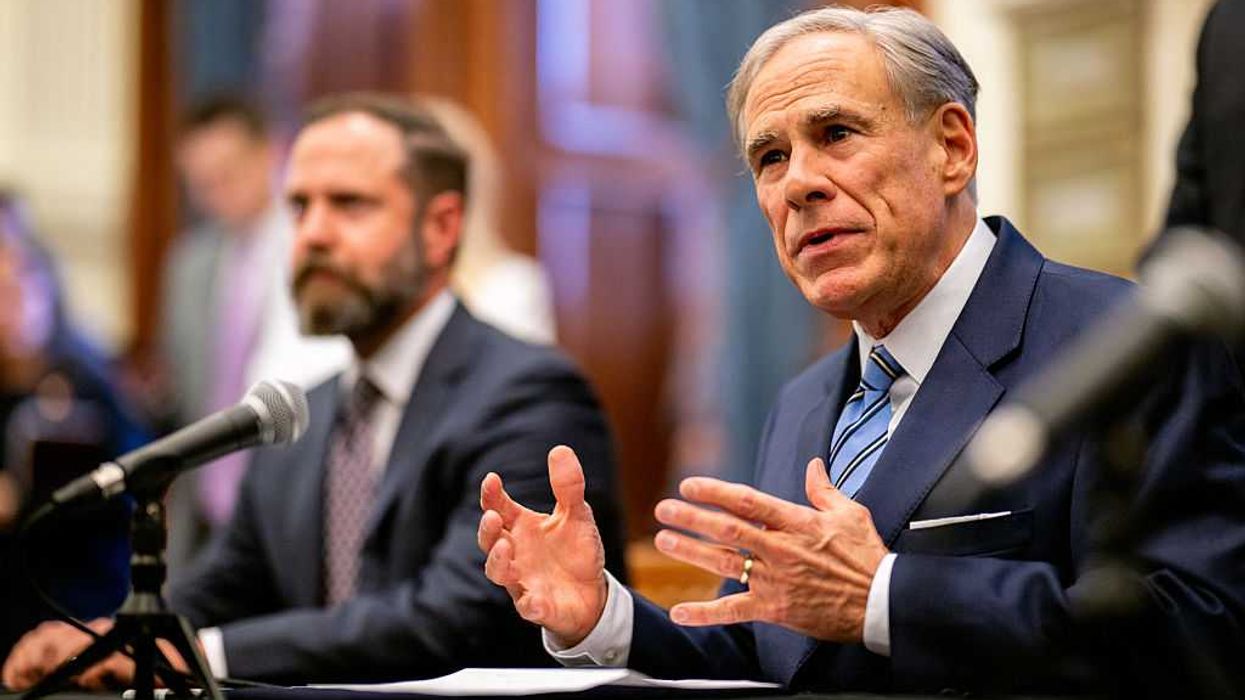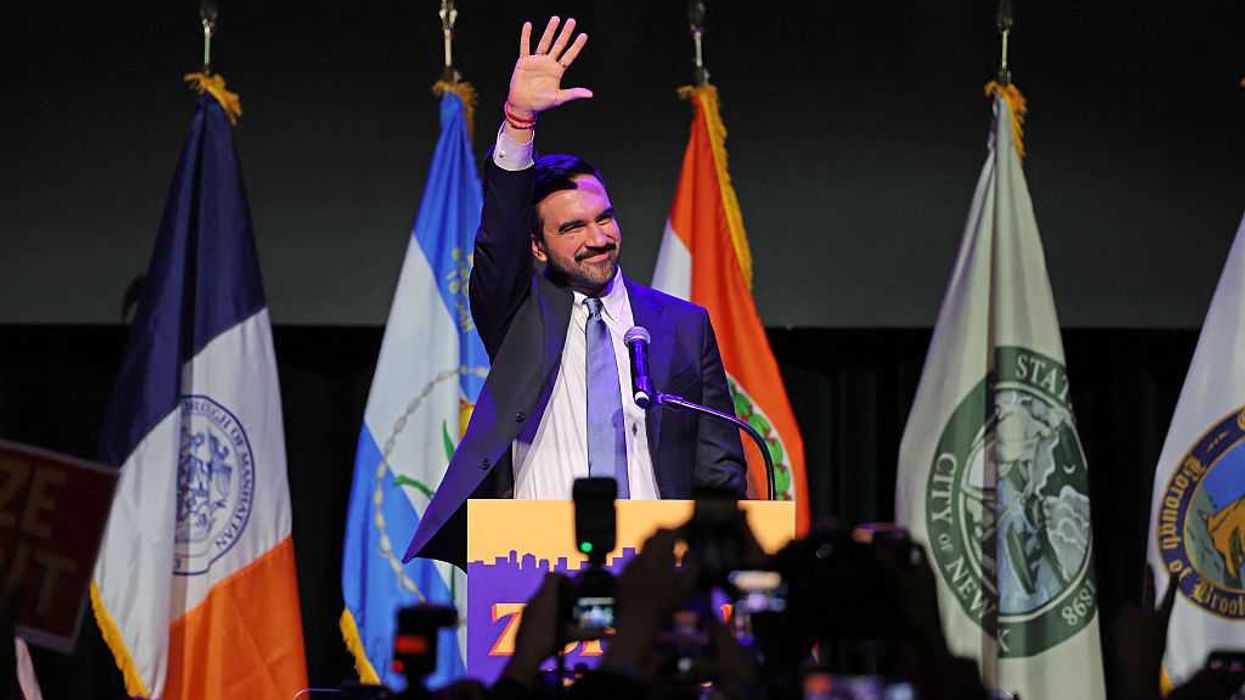Part 1:
Part 2:
“Our culture has erased the meaning of anybody who tried to issue a warning. Anybody who was on the other side. They're trying to do it now with the ‘Hobbit’ and the ‘Lord of the Rings’ and they are saying that that has nothing to do with Jesus and Christianity. That was the point. They're trying tried to do it with ‘The Lion, the Witch and the Wardrobe’ and the ‘Adventure of the Chronicles of Narnia’. They try to do this every step of the way and they've done it with much of music,” Glenn said on radio this moring
He was specifically referring to songs like “Revolution” by The Beatles, which was clearly suspicious of violent revolution and uprisings, as well as “American Pie” by Don McLean.
Many people think that the song “American Pie” is about the death of Buddy Holly and other musicians in a plane crash, but Glenn presented a reading of the lyrics on radio and showed how it could also be seen as a warning against the danger of violent uprisings like what is happening now with Occupy Wall Street.
“ I've never understood I drove the Chevy to the levee, I didn't know what that was. Let's just start there on the simple part because Chevy, just think of Chevy and mom and apple pie. He's making a point here. Chevy, I drove my Chevy to the levee. This actually goes back into the 1950s and a Dinah Shore commercial for Chevy,” Glenn explained.
Watch the commercial Glenn is referring to below:
“So America is the greatest country of all and it was an era that believed in America. I drove my Chevy to the levee. I drove the Chevy. I bought into the idea that America was the greatest.”
“So in the second verse he goes back to his childhood and he goes back to sock hops in the gym and the pickup trucks and... and here he's talking about the book of love, which was a song by the Monotones in 1957 and he asked her about faith. He asked her about faith and whether she believes, no matter what, if the Bible tells her so. That is the representation of the faith in the Fifties. He then talks about, do you have faith in rock and roll, that music will save your mortal soul.”
“But music is the metaphor for life in America. So the girl moves on to somebody else, leaving him with his truck and the carnation. But it's not really about the girl. It's about America. She's moved on from all of those things just as America began to move on from all of those things that faith would help you, that faith, you would do it through faith. You would do things because the Bible told you so. But now you're starting to believe that music will save your soul.”
Glenn played more of the song, reaching the part where McLean sings “Now for 10 years we’ve been on our own”.
“For ten years now we've been on our own. It's the decade of the Sixties. Remember in the Fifties you had faith, you had the Bible, you had family, you had all of these things that were there. But now for ten years we've been on our own and moss grows fat on a Rolling Stone. This is referring to Bob Dylan who the court jester and his song like a Rolling Stone. Also Dylan wore a coat from James Dean on the cover of his '63 album Free Wheelin' and McLean laments all of the change in our values that was occurring in the 1960s when he said that's not how that's not the way it used to be.”
“So he's singing dirges in the dark mourning the loss of America, that America is changing fundamentally. Lenin read a book of Marx. We know that John Lennon was influenced at the time by Karl Marx. Lennon read a book of Marx. The quartet practiced in the park. Could be a reference to the Beatles preparing for their role in the cultural revolution. And as the ultimate icons of the new era. But McLean is saying, but we sang dirges in the dark because we knew what was coming.”
What was coming?
Helter Skelter in a summer swelter
The birds flew off with the fallout shelter
Eight miles high and falling fast It landed foul on the grass
The players tried for a forward pass
With the jester on the sidelines in a cast
Now the halftime air was sweet perfume
While sergeants played a marching tune
We all got up to dance
Oh, but we never got the chance
‘Cause the players tried to take the field,
The marching band refused to yield.
Do you recall what was revealed,
The day the music died?
We started singing
“Helter Skelter in a Summer Swelter, again the Beatles song reference also indicates the chaos and the violence that broke out in the summer of '68. The Byrds he spells with a Y, flew off to the fallout shelter. Nature, represented by the Byrds, sense the danger, headed for safety in a shelter. But eight miles high is another song reference by the band the Byrds. So they are falling fast, because everything is falling fast. Everybody, the smart people, nature knows, get into a fallout shelter. Then he goes into the youth culture clashing with the government violently, using a football metaphor.”
“You're at halftime. He said the players youth going for a forward pass. The players going for a forward pass. That's the youth, going for a forward pass. And the government hitting back. And the jester on the sidelines in a cast. Remember that's, the jester is Bob Dylan. Bob Dylan had a serious motorcycle accident for a while and he was healing on his own and music flounder everything kind of floundered for a time. Then he gets to halftime.”
“Halftime, he's seeing the summer of love. This is 1967, a brief respite in '67 with the flower children. Sergeant's playing a marching tune. That's the Beatles and Sergeant Pepper. And the summer of love was an opportunity to get up and dance. But the violence returned in the summer of '68. And remember we're here at '68, recreate '68. We never got the chance.”
“We just passed our summer of love. What happened there in the park, that was just love. There were people in the park that were just trying to be loved. We're now headed for 1968.”
“What happened in the summer of '68. Do you remember, do you recall what was revealed, the Miss America protest of '68 when women were burning their bras and everything else. But also Altamont, and this is such a clear, clear message against what is coming and what happened in an event that almost is erased. It's more important than Woodstock, and it was it's being erased in history. Here he is warning.”
There we were all in one place
A generation lost in space With no time left to start again
So come on Jack be nimble, Jack be quick
Jack Flash sat on a candle stick
‘Cause fire is the devil’s only friend.
As I watched him on the stage
My hands were clenched in fists of rage
No angel born in hell
Could break that satan’s spell
And as flames climbed high into the night
To light the sacrificial rite
I saw satan laughing with delight
the day the music died.
“ Because fire is its only friend. Okay. Gathering all in one place, 300,000 flower children flocked to Altamont in the fall of 1969. It was, it was the followup to Woodstock: Drugs, alcohol, increasing violence. They were a generation lost in space. Remember, the space race was also going on. There was nowhere left to go. Their momentum was fading and the decade was gone. And so was America. Then the rolling stones who had pushed the counterculture envelope with the last couple of albums took the stage as McLean alludes to with, "Come on, Jack be nimble, Jack be quick, Jack sat on the candlestick," that is the Jumpin' Jack Flash song by the Rolling Stones. And he's referring here to Mick Jagger was the Devil who refuses to end the Altamont concert despite the violence and the loss of crowd. Even, even the Grateful Dead said this is crazy.”
“’No angel born in hell could break that Satan spell.’ The Hells Angels were hired for security. They couldn't stop the chaos. In fact, they added to it. And Jagger, Satan in the song, continued to hold the audience in his spell.”
“A gun wielding man in the crowd heads for the stage but Hells Angels intercept him and they stab him to death. That's what happened at Altamont. They stab him to death. The sacrificial rite. Shortly before the stabbing, right before this guy starts going on a rampage, the Stones had performed ‘Sympathy For the Devil’.”
“Could it get any creepier than this? Don McLean was not just writing about this event but the demise of an era. The erosion of your culture. The erosion of our values. Altamont was the final blow to bring about the day the music died.”
Glenn took a break and then returned to discuss the song further.
“We're just looking at some of the old interviews with Don McLean because he never talks about this song anymore. But at the time he said that he was obsessed with what he called the death of America and so many things. The loss of so many things that he grew up with.”
“ (McLean) said in a sense ‘American Pie’ was a despairing song. In another way it was hopeful. He said Pete Seeger told me that he saw it as a song in which people were saying something, that they had been fooled, they had been hurt and they weren't going to let it happen again. He said that's a good way to look at it, a hopeful way. Unfortunately Pete Seeger was a communist and I mean, that's the way that's why this happens again.”
“It happened with Mao and it won't happen this way again. It happened at Altamont but it won't happen like that again. I mean, it's the same story over and over and over again.”
“The good news is, is that there was at least somebody that was in this culture at that time that was mourning the loss of America then and we didn't lose America then. We're still going. We might despair now and say, ‘Jeez, we're going to lose America’. That's not necessarily true unless we allow it.”

 Brandon Bell / Staff | Getty Images
Brandon Bell / Staff | Getty Images
 Europa Press News / Contributor | Getty Images
Europa Press News / Contributor | Getty Images ANGELA WEISS / Contributor | Getty Images
ANGELA WEISS / Contributor | Getty Images Eric Lee / Stringer | Getty Images
Eric Lee / Stringer | Getty Images